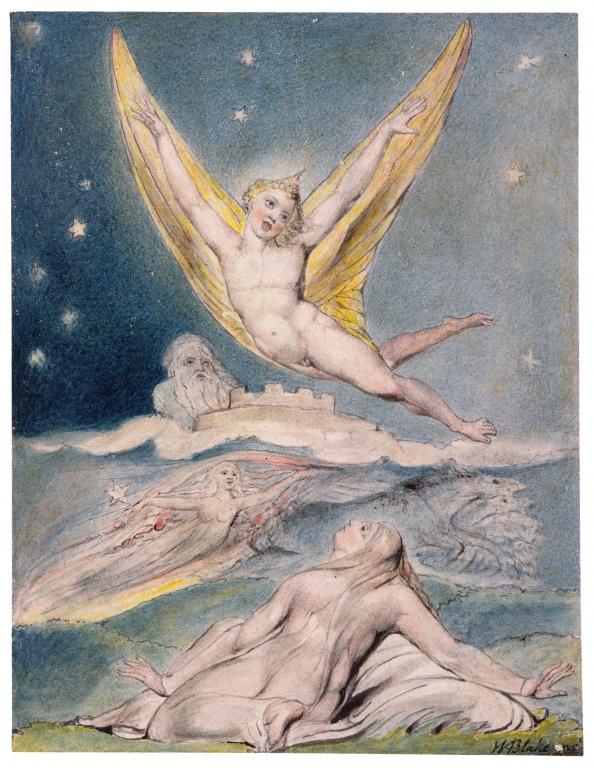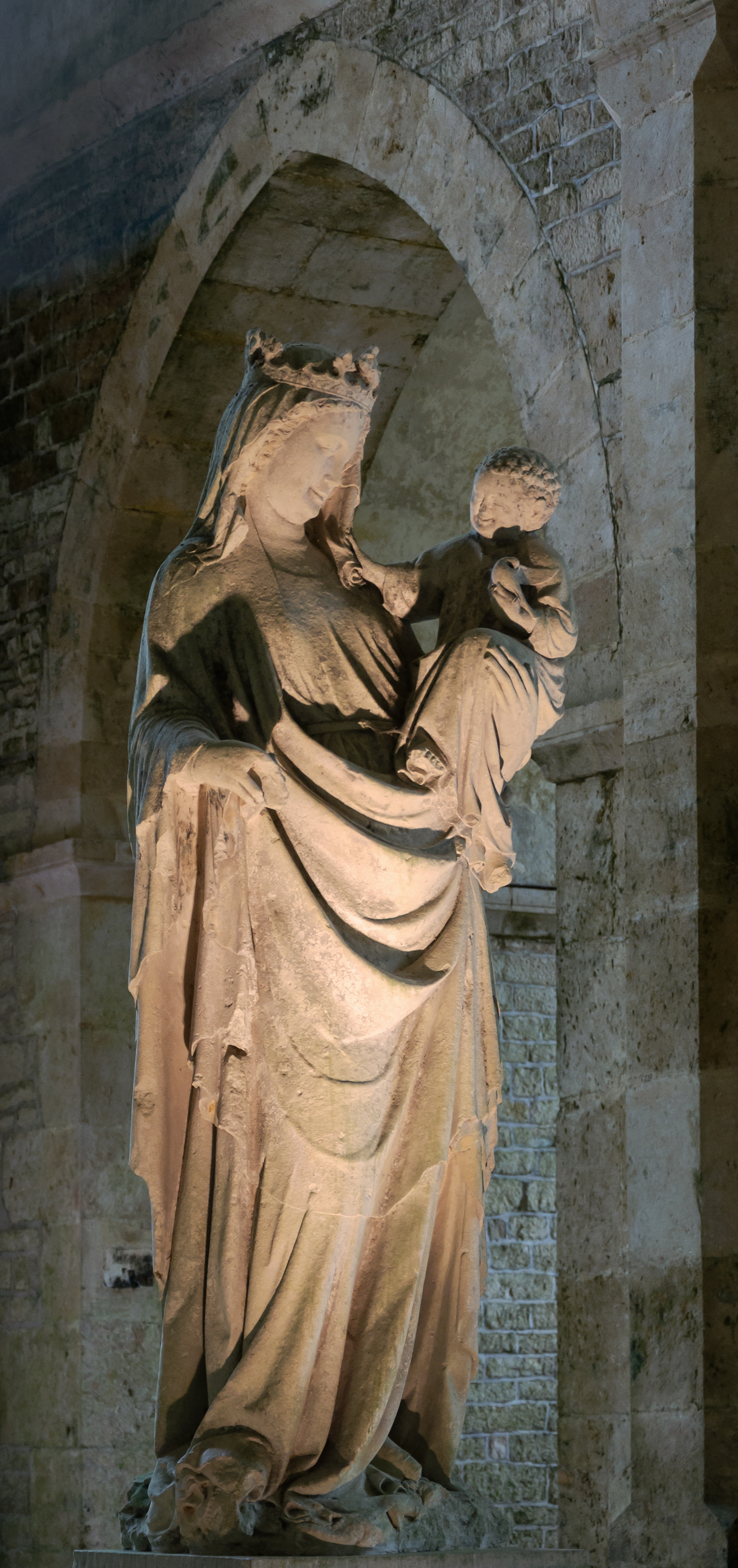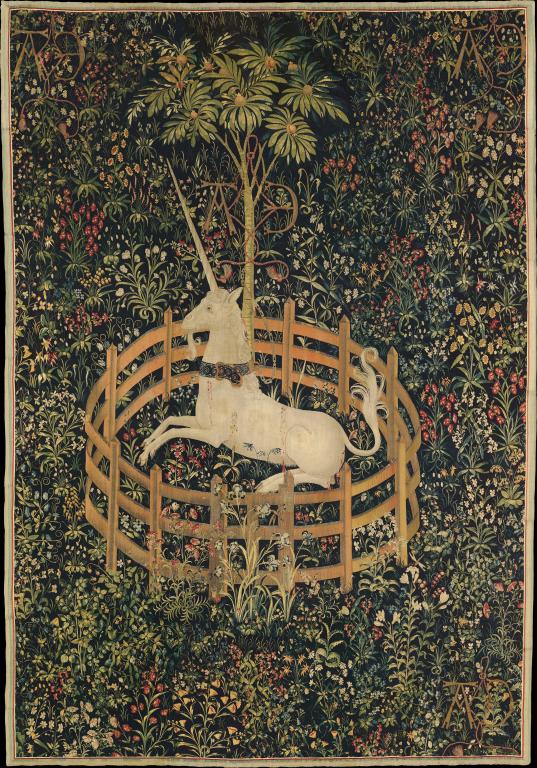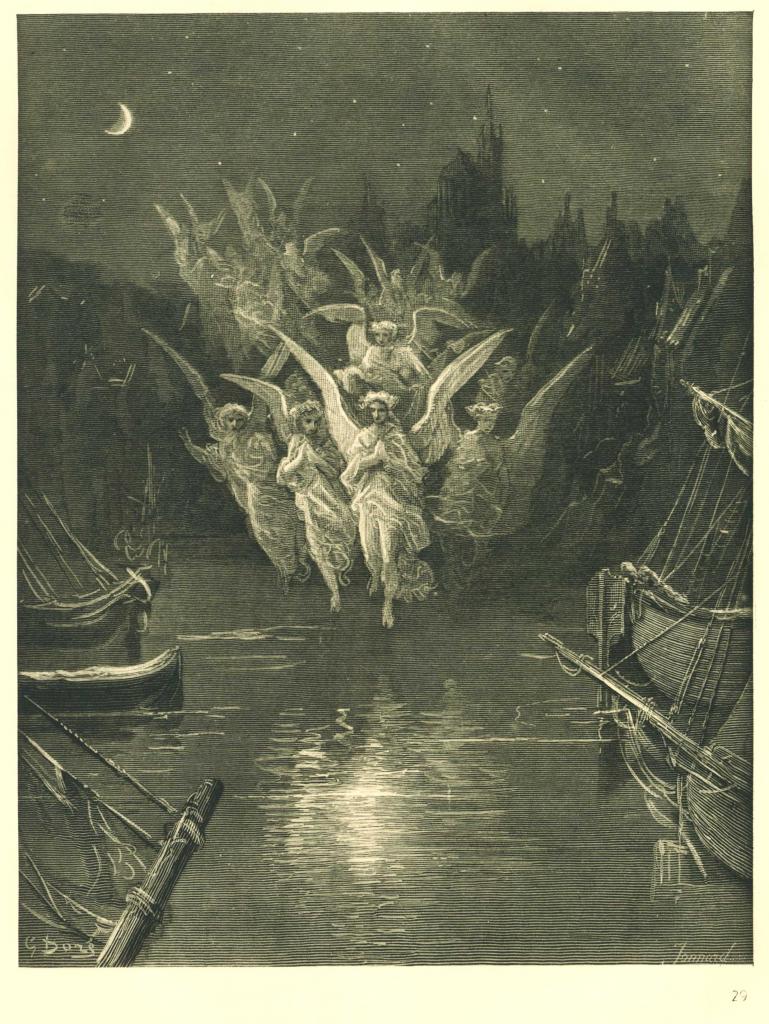David Russell Mosley
Ordinary Time
20 September 2014
On the Edge of Elfland
Hudson, New Hampshire
Dear Friends and Family,
I want to take a brief brake from my letters on C. S. Lewis’s Cosmic Trilogy to bring to your attention two things I’ve seen today. The first is a video on the nature of heaven and earth I will share below. Please give it a watch (Hat Tip to Robin Parry at Theological Scribbles for posting this).
In this excellent little video we are reminded of two incredibly important things. The first is that at one time Heaven and Earth were united. At one time, perhaps, our world was not so unlike those depicted in either Malacandra or Perelandra. God and his angels, the whole order of being, was represented on Earth, were capable of being experienced by humanity in a more direct fashion. Then a split happens, Earth rejects heaven. The video then deftly points out that the temple will be come the primary locus on Heaven on Earth. However, what it fails to mention, probably due to lack of time, is that there seemed to be other pockets of Heaven on Earth, at least before the tabernacle and temple. Jacob in Bethel sees the ladder with the orders of angels ascending and descending; Moses finds himself by a bush that is burning but not consumed as is told that the ground beneath him is holy. In fact, the video fails to mention even in the divorce of Heaven and Earth, the divorce isn’t true, in a sense. The world cannot go on existing unless it participates in God. Nevertheless, the key here, is that the temple becomes the main sight where Heaven and Earth collide.
Then something new happens. A being from Heaven fully enmeshes himself in Earth. Not just any being, either but the Being, the source and font of all that we call being, the Son, the second person of the Trinity becomes a human without forsaking his divinity. Now, he himself is a pocket of heaven everywhere he goes and he begins to reclaim people and things for heaven. The people part is obvious, lost become found, blind regain sight, sinners are made saints. However, remember that Christ also transfigured water (both by turning it to wine and sanctifying it for baptism). Christ transfigures bread and wine into his body and blood in the Eucharist. Christ is, in a sense, revealing to us the true meaning and purpose of these worldly (and even manmade) objects. He makes them pockets of heaven.
But beyond even this, believers, and therefore the Church, become pockets of heaven, or thin places, if you like (often called a Celtic Christian idea, I can say that I spent roughly three years studying ancient Irish Christianity and never encountered the phrase thin places, but it is a useful metaphor). However, I want to suggest that there are still physical thin places; the most obvious of which are churches (that is the buildings). Traditionally, church buildings have been built theologically. Shape and design are given a theological meaning. 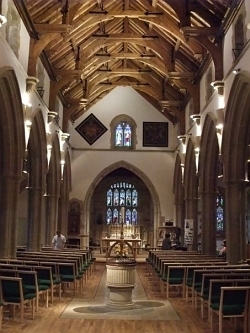 Even more so, the medieval churches are filled with images (primarily images called icons in the Christian East), statues, and carvings to evoke Heaven. Angels surround the altar (what many Protestants call the communion table), depictions of the life and death of Christ and the saints are set in place, not merely to inspire or remind us of the stories. They are there to draw our minds into Heaven which is present in that space, unlike how it may be present in others. Why? Because as the video noted concerning the death of Christ, the efficacy of that death (and the nature of that life) is repeated in the sacraments. Preeminent of these is the Eucharist where we share in the body and blood of Christ, however conceived by celebrants and participants. This makes churches holy ground, thin places where Heaven and Earth collide.
Even more so, the medieval churches are filled with images (primarily images called icons in the Christian East), statues, and carvings to evoke Heaven. Angels surround the altar (what many Protestants call the communion table), depictions of the life and death of Christ and the saints are set in place, not merely to inspire or remind us of the stories. They are there to draw our minds into Heaven which is present in that space, unlike how it may be present in others. Why? Because as the video noted concerning the death of Christ, the efficacy of that death (and the nature of that life) is repeated in the sacraments. Preeminent of these is the Eucharist where we share in the body and blood of Christ, however conceived by celebrants and participants. This makes churches holy ground, thin places where Heaven and Earth collide.
This brings me to a blog post I read this morning. Robb Beck at “Sublunary Sublime” reminds us that the re-enchantment project in Christianity can become something of a purely intellectual notion at best and mere cliché at worst if we are not careful. He reminds us at the end of the short post, ‘Re-enchanting the universe is not some abstract idea, nor is it a simple intellectual task. It is a summons to face the enemy head on. As Fr. Steward Headlam once remarked, “it seems to me to be the duty of every minister of Christ to do all he possible can to stir up a divine discontent in the hearts and minds of the people with the evils which surround them.”’ This is, I believe, the natural conclusion of what I have outlined above. If the Earth is “enemy occupied territory” as C. S. Lewis calls it, then the Church and the churches are bastions of Heaven which send out Heavenlings to reclaim, to re-enchant a world gone dormant, a world lulled to sleep by the lying lullaby of the Enemy. And it is fitting that this all begins at the altar, at the recapitulation, the non-identical repetition of the Cross.
This is what it means to pray Thy Kingdom come, Thy Will be done on Earth as it is Heaven. This too, I would argue, is the significance of praying for our daily bread. That this bread represents true sustenance cannot be denied for what is more sustaining than the Bread of Life?
Sincerely yours,
David Russell Mosley


